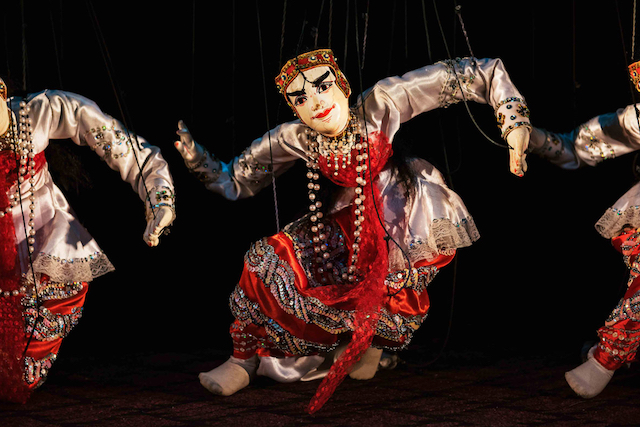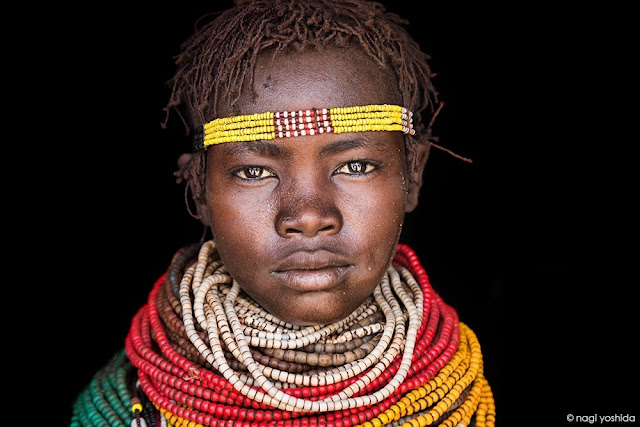The Ca Tr� Musician | Fuji X-T1
In March 2015 I had just started researching and photographing the cult of Mother Goddesses in Hanoi, and was introduced once again to the ancient art of Ca Tr�. I had attended one of its performances already during one of my photo expeditions in 2012. The performances were held in a small, but very atmospheric, old Vietnamese house on Hanoi's Hang Buom Street.
Ca Tr� (pronounced �ka tchoo�) is a complex form of sung poetry found in the north of Viet Nam using lyrics written in traditional Vietnamese poetic forms. It flourished in the 15th century when it was popular with the royal palace, and was a favorite activity of aristocrats and scholars. It was later performed in communal houses, inns and private homes.
Ca Tr� performances involve at least three people: a female singer (d�o nuong) who both sings and plays the clappers (known as the ph�ch), an instrumentalist (k�p) who plays the d�n d�y (three-stringed lute), and a �praise drummer� known as quan vi�n who beats the tr?ng ch?u. When spectators (usually male) entered a Ca Tr� performance, they purchased bamboo tally cards. In Chinese, Tr� means card, while Ca means song in Vietnamese, and thus Ca Tr� means tally card songs. The tallies were given to the singers in appreciation for their performance. After the performance, each singer received payment in proportion to the number of cards received.
I used the Fuji X-T1 and the Fujinon XF 56mm f/1.2 for most of the photographs made in this gallery.


Comments
Post a Comment